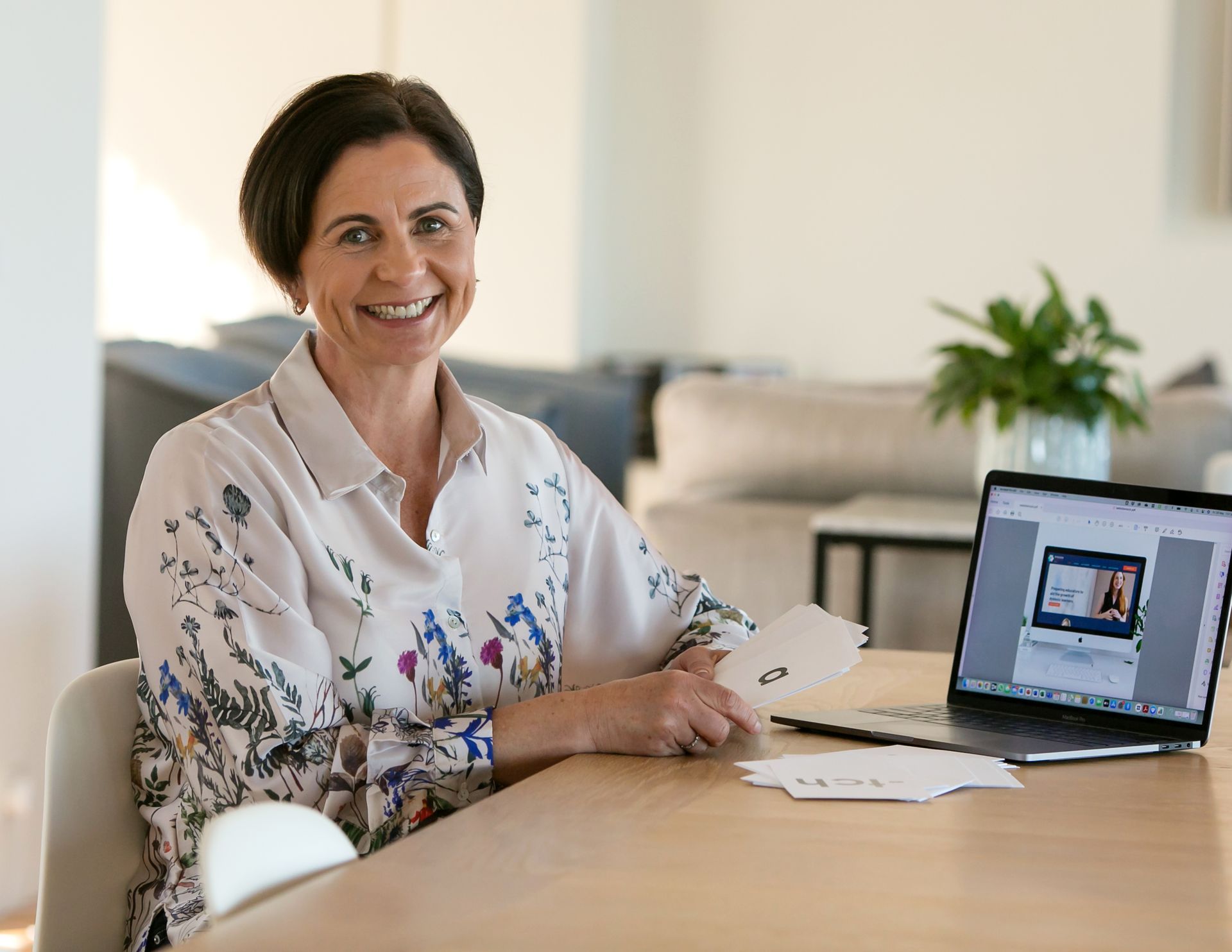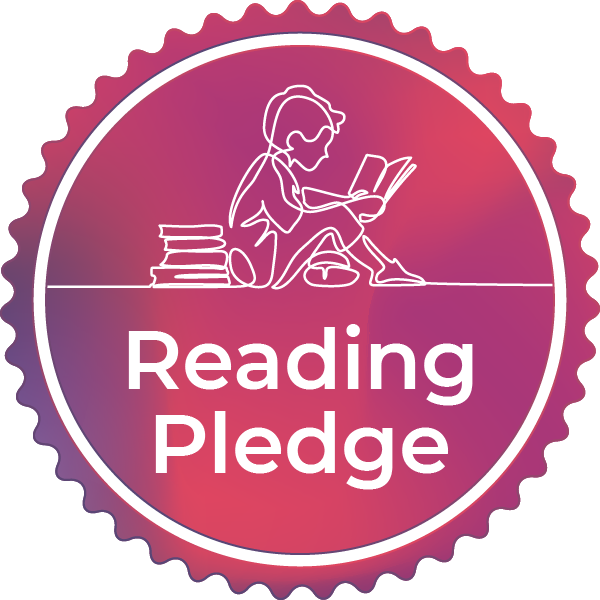Early intervention essential in improving literacy and self-esteem in children
An interview with Kate Watt
Kate Watt, a Master trainer with the Dyslexia Orton-Gillingham Institute, says that she looks back on her early years as an educator with a tinge of regret.
“I now know I wasn’t actually taught how to teach kids correctly, I didn’t have the skills or the knowledge,” she said.
“I was straight out of University, where we were trained in the whole language-approach. It makes me really sad to think about the kids I taught who may have slipped through the cracks - but I didn’t know what I didn’t know.”
It was Kate’s experiences with dyslexia within her own family that made her more aware of the failings of the education system - taking her on a journey to find an alternative teaching method that would speak to a wider range of learners.
“When I started as a teacher, learning difficulties weren’t ever discussed, let alone how to identify them or what to do once a diagnosis was made,” she said.
“It wasn’t until I experienced dyslexia within my own family that I discovered there were more effective ways of teaching based on research which can support the many different types of learners we have in our classrooms.”
While a lot has changed since Kate started teaching, there are still many teachers who miss the early signs of dyslexia and don’t know how to educate children with learning difficulties, which Kate says is leading to a major systemic failing.
“If children with learning difficulties aren’t picked up early, it can result in a loss of confidence which then becomes a self-fulfilling prophecy, once a child feels like they’re no good at something they’ll tune out and fall behind, and the gap in their literacy just increases over time,” Kate said.
Sadly, falling behind in school can have additional impacts, beyond literacy, such as self-esteem issues, poor behaviour, and mental health challenges.
After learning more about the positive impact early intervention can have on literacy, Kate made it her mission to be an agent of change.
“As a mother and a teacher I wanted to make sure no child would be left behind on my watch,” Kate said.
“I started working privately with kids who had learning difficulties, and it was incredible to see the changes that could be made with early intervention - they could not only do the work, but their self-esteem improved too.”
That’s when Kate discovered Ron Yoshimoto’s approach to the Orton-Gillingham teaching method.
The Orton-Gillingham teaching method is known worldwide as the standard approach for teaching children with dyslexia, but it was Ron Yoshimoto’s course that really stood out to Kate as a method that could be applied for all learners.
“When I did the course with Ron, it was a hands-down lightbulb moment for me - it was very confronting actually because it revealed just how poorly I had been trained as a teacher,” Kate said.
Kate says that the best thing about the Yoshimoto approach is that it’s not just theoretical, it’s practical.
“I loved how practical it was - any teacher could pick up a lesson plan and do it. It teaches the how and the why, then it provides educators with the hand-on experience they need to start lesson planning straight away. I’m really passionate about it, I get excited every time I talk about it.”
The Yoshimoto Orton-Gillingham approach is endorsed by the International Dyslexia Association which recognises courses which provide a ‘gold standard approach’ to teaching children with dyslexia.
When it comes to improving literacy rates in our children, Kate’s advice to parents and educators is to take early signs of literacy challenges seriously so you can provide solutions quickly.
“Early intervention is critical when it comes to improving literacy rates. If you think about it, the rich get richer and the poor get poorer, the kids who have a good foundational understanding of literacy just excel and those who don’t will keep falling further and further behind,” Kate says.
“That very first year of school is essential, and the Yoshimoto approach is universal. It helps all learners to grasp the fundamentals by teaching them the rules behind spelling, the phonology, syllables and morphology.
“If you notice that a child is struggling with reading or spelling, please don’t wait, it’s so important to get on top of it early,” Kate said. “It can be life-changing.”
“We need to equip teachers with the skills and knowledge they need to teach all children effectively and they should also have an awareness of the red flags that might highlight that a child is struggling,” she said.
“The Yoshimoto Orton-Gillingham approach helps all learners, not just for kids with learning difficulties like dyslexia, it’s just a clearer way of teaching literacy as a whole and will benefit every child in your classroom.”


